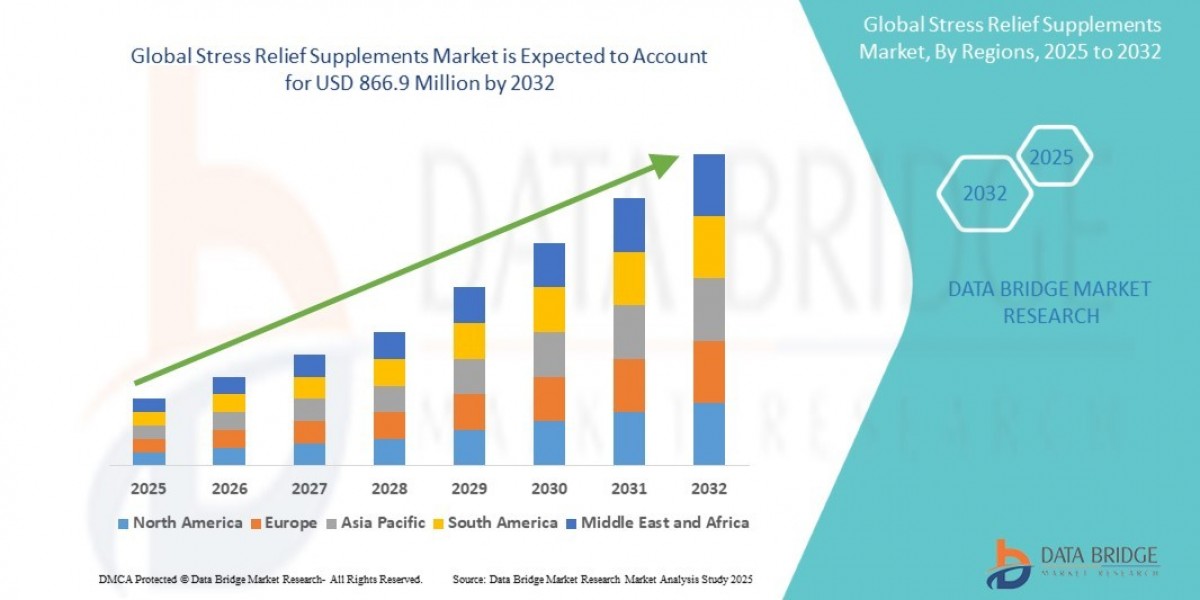Middle East and Africa Pediatric Healthcare: Addressing Challenges and Embracing Opportunities
Significant Market Growth: demonstrating a compound annual growth rate (CAGR) of 3.84%. This expansion is driven by high birth rates, a growing pediatric population, and increasing investments in healthcare infrastructure.
Dominance of Short-Term Diseases and Infectious Disease Therapeutics: Short-term diseases currently constitute the largest segment by disease type in the MEA pediatric healthcare market. By therapeutics, the infectious disease category generates the most revenue, highlighting the ongoing need to address common childhood illnesses in the region.
Regional Variations in Child Mortality: While the Middle East and North Africa (MENA) region has made remarkable progress in reducing child mortality rates over the past decades, significant disparities persist between and within countries. Factors such as conflict, poverty, and access to quality healthcare contribute to these variations. For instance, in 2019, under-5 mortality rates ranged from 5.0 per 1,000 live births in the United Arab Emirates to 55.3 in Afghanistan.
Key Health Challenges: The MEA region faces significant pediatric health challenges, including a high prevalence of infectious diseases (such as pneumonia, diarrhea, and malaria), malnutrition (with a concerning number of children experiencing food poverty), and a rising burden of non-communicable diseases. Neonatal disorders and congenital birth defects also remain leading causes of mortality in the under-five age group.
Healthcare Infrastructure Development: Governments across the MEA region are increasingly investing in strengthening their healthcare infrastructure to improve access and quality of care for children. This includes expanding hospital facilities, enhancing primary healthcare services, and adopting digital health technologies like telemedicine. However, challenges remain in ensuring equitable access, particularly in low-income countries and conflict-affected areas.
Focus on Key Interventions: Efforts to improve pediatric healthcare in the region emphasize scaling up essential interventions such as vaccination programs, improved maternal and newborn care, better management of common childhood illnesses, and addressing malnutrition. International organizations like UNICEF are actively involved in supporting these initiatives and advocating for policies that prioritize child health.
Emerging Trends and Opportunities: Several trends are shaping the future of pediatric healthcare in the MEA region. The rise of medical tourism for specialized pediatric treatments, particularly in countries like the UAE and South Africa, presents opportunities for growth. Additionally, the increasing adoption of digital health solutions and the focus on home healthcare services for children with complex medical conditions are transforming care delivery models.
Addressing Inequalities and Strengthening Systems: Achieving optimal pediatric health outcomes in the MEA region requires a concerted effort to address inequalities in access to care, strengthen healthcare systems, and promote integrated, multi-sectoral policies that address the underlying determinants of poor child health. Investing in local healthcare champions, fostering innovation in medical technology relevant to the region's specific needs, and ensuring culturally appropriate healthcare solutions are also crucial for progress.








